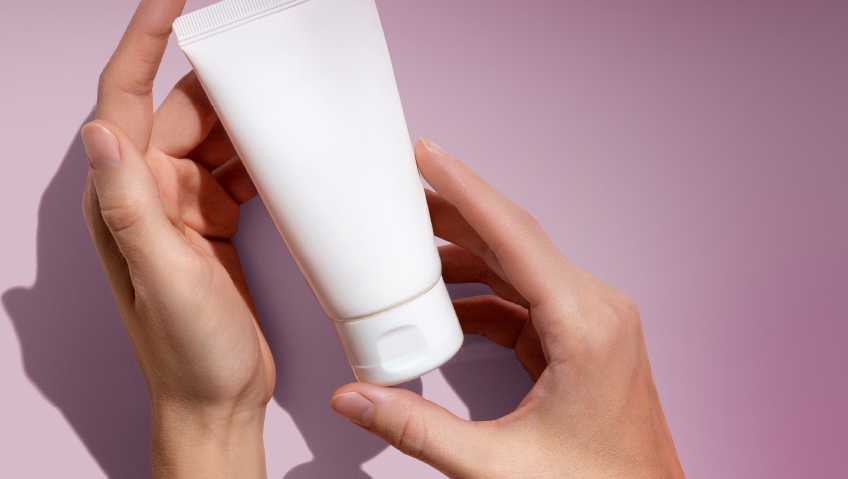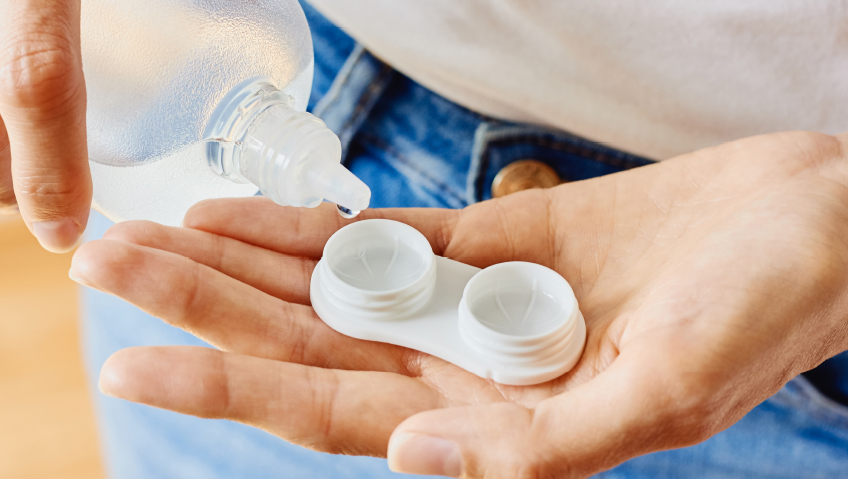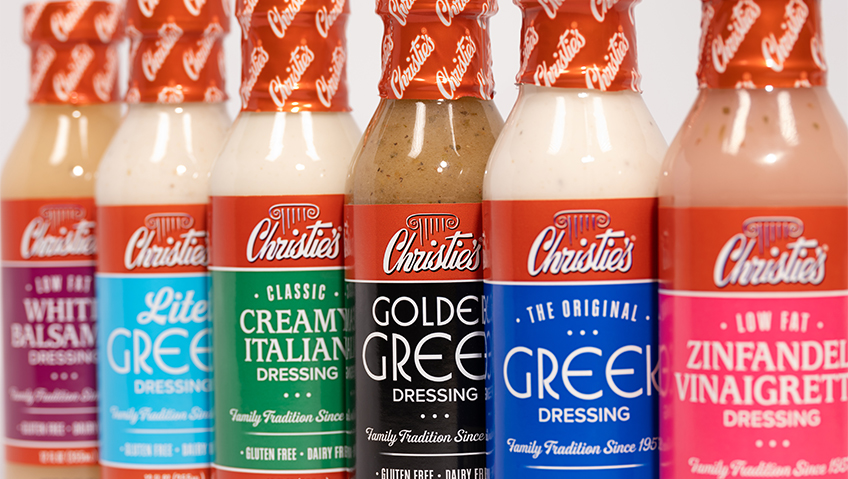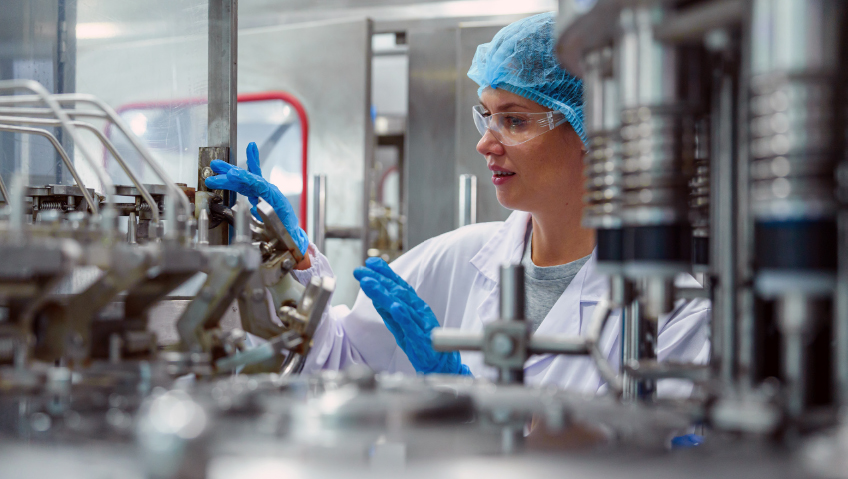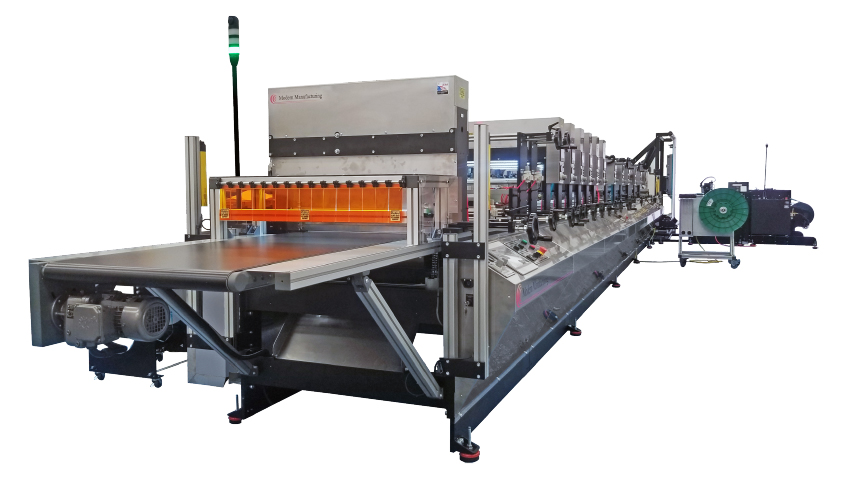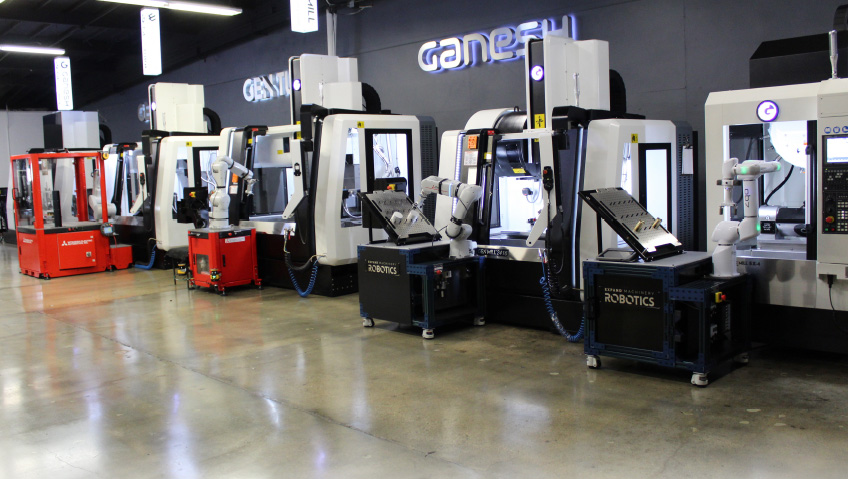Creative Packaging Solutions (CPS) of Keyport, New Jersey, has spent more than two decades developing perfect packaging for retail clients. This encompasses bottles, tubes, trays, jars, boxes, canisters, and just about anything else that can house a commercial product sold in stores or online. Tapping into a network of manufacturers, the company obtains and sells packaging that is both aesthetically pleasing and resilient.
“We are a wholesale supplier of empty packaging containers used in the retail market to go on the shelf to hold consumer products,” says Founder and President Coni Lefferts. “All of our customers are [business-to-business]. We don’t supply anything directly to the consumer. Because of our name, people associate us with the creative side of graphics, but our creative side is in engineering. We engineer the packaging,” she explains.
Some large corporations do their packaging in-house. Many companies, however, require outside assistance when it comes to packaging their products, something that is especially true with smaller firms.
“When you walk into a grocery store, drug store, hardware store, or [big box store], the people who make nuts and bolts and lotions and potions are focused on the product itself. They don’t make the plastic thermoform; they don’t make the bottles; they don’t make the tubes that [hold the toothpaste]. Somebody else makes the packaging containers,” she notes.
Sometimes she will approach a company and offer to help with their packaging, while other times, a business will reach out to CPS. “Customers will say, ‘We have a new product’ or ‘We have an existing product that needs to be changed, and we need to find somebody that can help us and walk us through the project,’” states Lefferts.
CPS tries to get as much input as possible from clients, starting with what the customer hopes to accomplish with their product. Other questions include: what is the price of the product and the target market? Where will the goods be sold?
“The dialogue goes back and forth a little bit until we determine, ‘Okay, here are some containers you might consider that match the presentation that you’re looking for,’” she says. “Then, we source those containers.”
Beyond issues of style, shape, and visual appeal, CPS has to consider what type of material would work best for the packaging. Questions about longevity, flexibility, compatibility, shelf life, and sturdiness need to be addressed.
“Packaging is made out of different kinds of material—glass, plastic, aluminum, metal, wood, paper, fiber, and now [bio-material]. Each one of those types of substrates is made by a different factory. We have factories that we’ve worked with since the beginning: domestic and outside the U.S. A lot of our packaging comes from China, because they are very good at what they do. They are very precise, their engineering is top-notch,” notes Lefferts.
CPS procures containers then finesses them, sometimes doing design work on labels and decorations. “We have people who can do graphics but that doesn’t mean it’s our primary focus,” Lefferts says. A sample is then sent to the client, who fills the packaging with their product to ensure everything is compatible. If the client gives the go-ahead, mass production follows.
In addition to its Keyport headquarters, CPS has a satellite office in New York City. Primary markets served by the firm include personal care and cosmetics, lawn and garden, food and beverage, and pet and veterinary. Creative Packaging Solutions does not do much pharmaceutical work due to the timelines involved. “It takes anywhere from six months to a year or longer for a new pharma product to be tested and launched. It’s a long stretch,” Lefferts points out.
She highlights one particular assignment involving a brand called Babo Botanicals. The project centered on a 250-milliliter oval-shaped bottle with a very large label. The brand wanted the label to cover almost the entire front of the container. Usually, a label is designed to accommodate the bottle, but in this case, “We had to design and engineer the bottle to accommodate the label,” she recalls. There were other technical challenges along the way. The container had a two-part custom snap-on dispensing cap in different colors, and custom injection molding was required to create the two cap parts, then weld them together.
Other striking examples of the company’s work include retail packaging samples for Colts Chocolates and Revea skincare products. The former project involved a cardboard canister with paper tops while the latter involved 50-milliliter airless bottles, 50-milliliter jars, and custom printed acrylic packaging. The Revea packaging was designed to be refillable for increased sustainability.
Lefferts got into packaging in a somewhat roundabout fashion. Years back, she ran a sales promotion agency. One of the agency’s jobs involved a product promotion that did not go as well as hoped. In a post-promotion conference meeting, she had a sudden insight as to what went wrong.
“We were sitting around, and I looked at the packaging, and I said, ‘I know why we couldn’t do anything. Your packaging is outdated. It needs to be improved. People are buying your product and getting crumbs because it was being crushed in a paper bag. I said, ‘we need to change your packaging,’”
The product packaging was changed, to great success, and Lefferts decided a career change was in order. She founded Creative Packaging Solutions in April 2003. For her new venture, Lefferts established partnerships with plants she had dealt with through the sales promotion agency to produce packaging containers.
Like most businesses in North America, her company was rocked by COVID. When the pandemic appeared in early 2020, demand for small bottles of hand sanitizer soared, and packaging firms such as CPS could not obtain enough containers for sanitizing products.
“It was a struggle all the way through COVID,” notes Lefferts.
Business did pick up in other areas, as people working from home started ordering vast amounts of products from online retailers such as Amazon. This surge in delivered goods also meant an increased demand for retail packaging.
CPS today has five employees and a number of independent contractors. The company currently uses “about six or seven” such independent contractors, and is “always considering new people,” says Lefferts. Potential new hires should be self-starters who know about packaging and have ties to brand managers. “They need to be connected to the market sector they want to approach for packaging needs. They should have a basic knowledge of how the brand’s products are conceived, manufactured, and distributed.”
Lefferts likes to keep abreast of industry and economic developments, including the growing popularity of sustainability, as making containers out of eco-friendly bio-materials is a burgeoning trend. Foreign affairs are also a concern: while the business works with companies in China, things could become complicated if hostilities break out in Asia.
“I don’t want my company to suffer because I’m not on top of geopolitical risk. I worry about Taiwan and Hong Kong, just as we’re all concerned about the war in Ukraine. I stay on top of international relations. That’s the biggest challenge we have; it’s not COVID anymore or any similar type of malady,” she states.
In this spirit, re-shoring—that is, North American manufacturers bringing offshore plants back to the U.S.; or near-shoring, back to the North American continent—is something else to which she is paying close attention.
Going forward, Lefferts says CPS might start doing just-in-time warehousing for customers although the company does not offer warehouse services at present. She is also eager to expand the company’s reach. “We have a pretty good presence in the U.S., and the USMCA has broadened our sales region into Mexico and Canada,” she says, referring to the 2020 United States-Mexico-Canada Agreement, the latest continental free-trade treaty.
“I’m constantly looking at other countries where we can develop a sales presence. In 2021, we added India. We now have a sales consultant in India for selling and sourcing, and later in 2021 we added Mexico,” notes Lefferts.
She remains a dedicated packaging professional. “I believe packaging is required for every product. It has to be contained, and it has to be protected, and it has to sell the product,” says Lefferts. To this end, CPS staff members are “very proud when we talk through stores and see our products on the shelf.”

